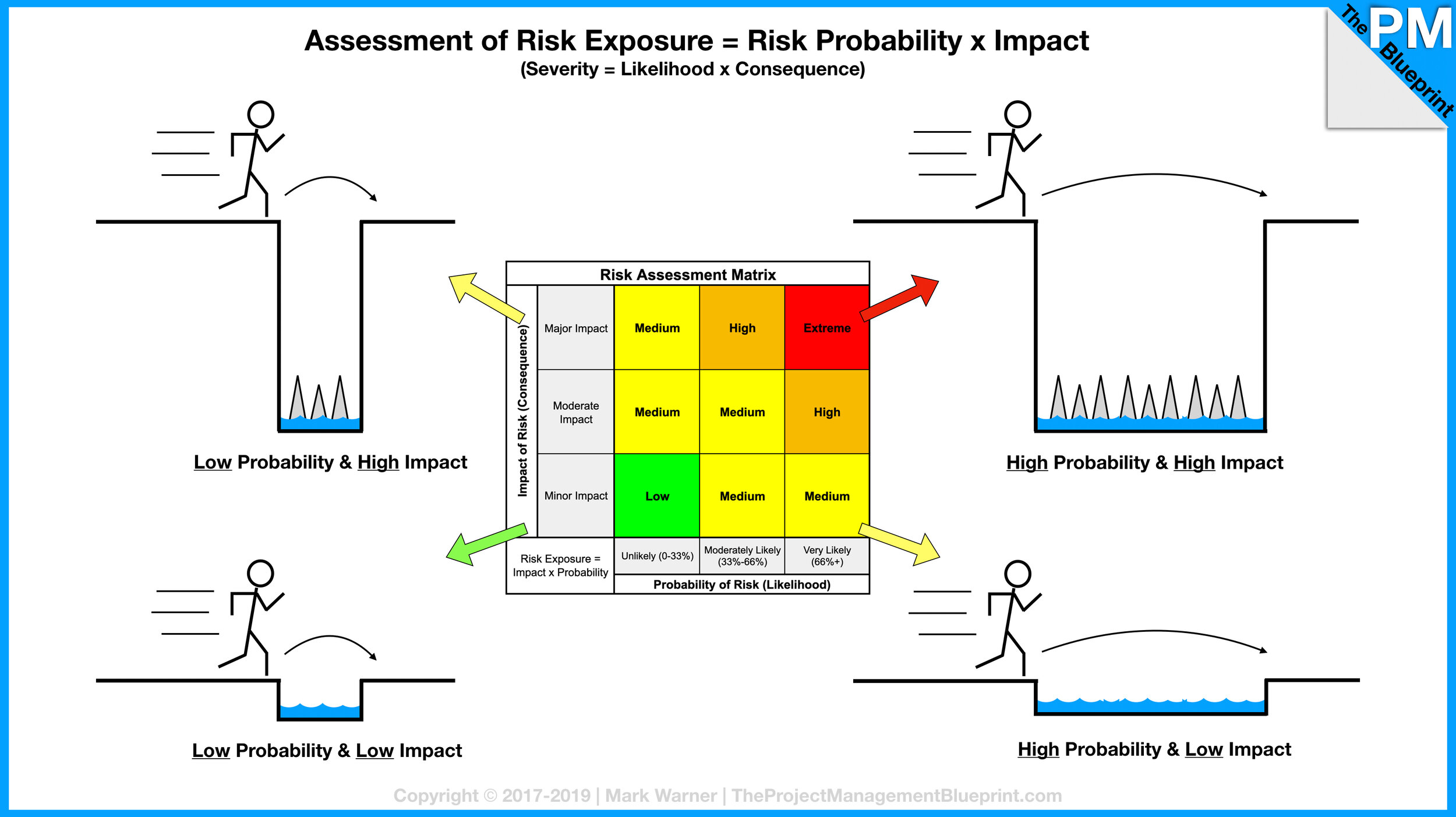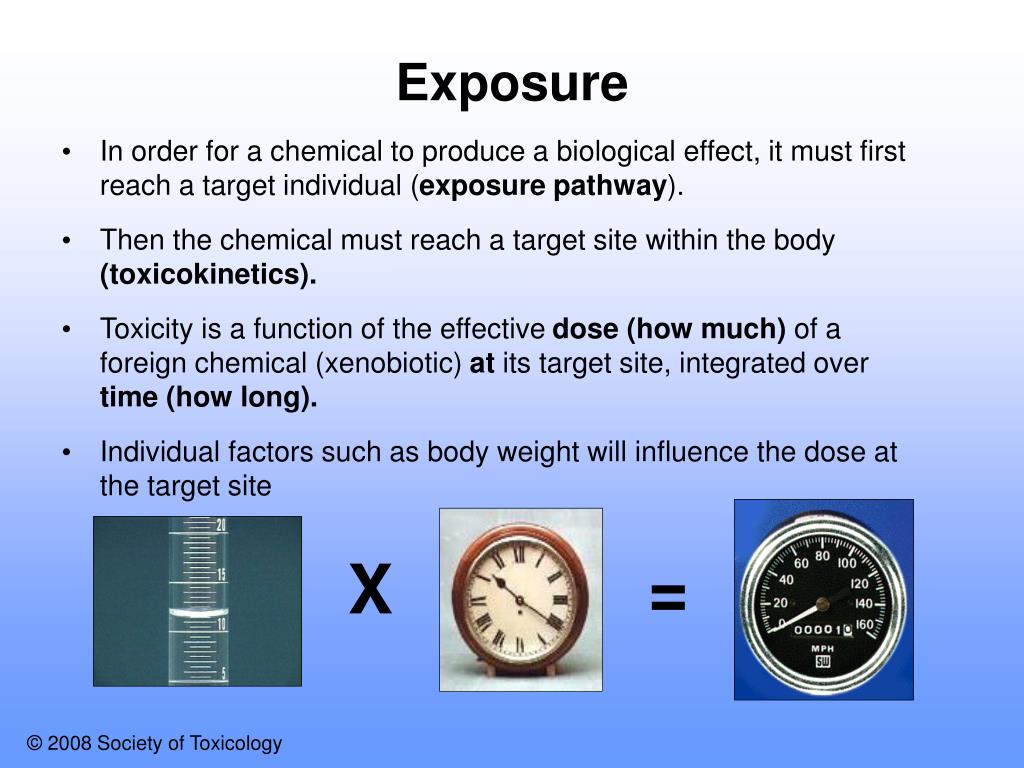
We think that substances acting on different targets can cause carry-over toxicity, which we view as a proxy for reduced organism fitness. Would carry-over toxicity also occur after subsequent pulses of different toxicants that act on different targets with different toxic modes of action? This is an important question because sequential exposure to toxicants is the norm, but the current risk assessment paradigm pays little attention to possible interactions of different toxicants over time. Based on this new knowledge we now propose a significant broadening of the sequence effect hypothesis: it also applies to toxicants that act on different targets and via different mechanisms. pulex, in particular how toxicokinetic and toxicodynamic recovery times differ among chemicals. More recently we gained a much deeper understanding of toxicokinetics (14) and toxicodynamics (9) of a diverse range of toxicants in G. The empirical evidence supported it but it could be explained by a buildup of inhibited enzyme (6) and therefore did not challenge the current paradigm. To date this hypothesis has only been tested once, with carbaryl and chlorpyrifos in G.pulex, two toxicants that both inhibit the same enzyme.

Both aspects of recovery are related to the characteristics of the substance, (3, 9) where toxicokinetic parameters are related to hydrophobicity (11) and toxicodynamic parameters to mechanism of toxicity (9) and hence molecular structure. This overlooks a subtler process of toxicodynamic recovery, which is determined by the mode of toxic action. The conventional wisdom, as reflected by most current chemical risk assessment practices, (10) is that when a chemical is eliminated from an organism (toxicokinetic recovery), it no longer exerts an effect. The modeling suggested that even after the substance was eliminated from the organism, more time was necessary to re-establish homeostasis. In previous studies, (7-9) we developed toxicokinetic-toxicodynamic models using toxicants from different chemical classes and found that certain toxicants exhibit slow toxicodynamic recovery in Gammarus pulex. (6, 7) Organism recovery results from toxicokinetic recovery, that is, biotransformation, distribution, and excretion of the toxicant, and toxicodynamic recovery, that is, re-establishment of homeostasis. (3-5) The time required by an organism to recover from damage due to previous exposure events is defined as the organism recovery time. Given that exposure to toxicants in the environment is often episodic and repeated (1, 2) and organisms are exposed to several toxicants at the same time or after each other, it is important to also take into consideration the temporal aspects of toxicity. The paradigm “the dose makes the poison”, that is, that chemicals can be toxic or nontoxic depending on their dose, stems back to Paracelsus. It is therefore not only the dose that makes the poison but also the exposure sequence. We provide the first evidence that carry-over toxicity occurs among chemicals acting on different targets and when exposure is several days apart. This suggests that carry-over toxicity is a useful proxy for organism fitness and that risk assessment methods should be revised as they currently could underestimate risk.

Slow toxicodynamic recovery caused carry-over toxicity in subsequent exposures, thereby resulting in a sequence effect–but only when toxicodynamic recovery was slow relative to the interval between exposures. We found clearly different toxicity when the exposure order of two toxicants was reversed, while maintaining the same dose. We test this hypothesis with the freshwater crustacean Gammarus pulex and four toxicants that act on different targets (diazinon, propiconazole, 4,6-dinitro- o-cresol, 4-nitrobenzyl chloride).

Therefore, when organisms are exposed to two toxicants in sequence, the toxicity can differ if their order is reversed.

However, it overlooks the other process of re-establishing homeostasis, toxicodynamic recovery, which can be fast or slow depending on the chemical. This principle assumes that once a chemical is cleared out of the organism (toxicokinetic recovery), it no longer has any effect.


 0 kommentar(er)
0 kommentar(er)
